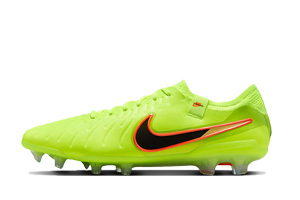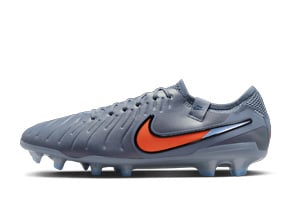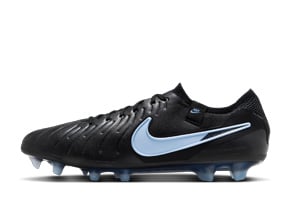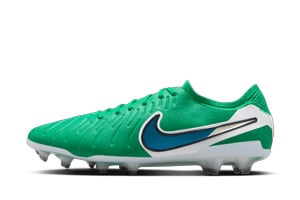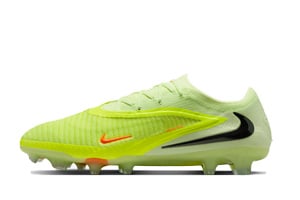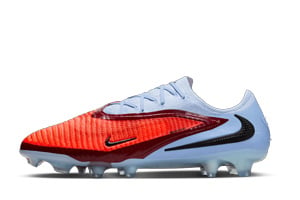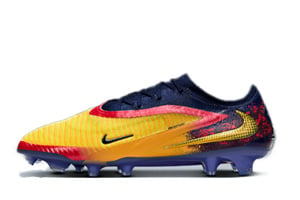The defender is the outfield player whose primary role is to prevent the opposition from attacking. In general, defenders must stop opposing players, particularly the strikers, from scoring and bring the ball out from their penalty area. You will have to be a good tackler and strong in the air. I feel I’m at my best at these defensive tasks when I’m on the following pairs. Without further ado I present to you my list of best football boots for defenders.
What You’ll Find On This Page:

Top 9 Boots for Defending
| Rank | Why? | Boot | |
|---|---|---|---|
1.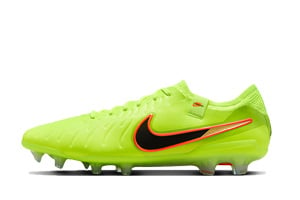 Tiempo Legend 10 | Lightweight and has almost the same pliability as natural leather without the usual concerns about overstretching | 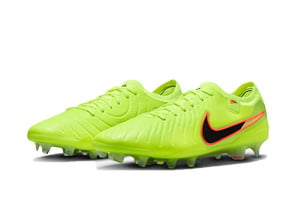 >> Get Elite Tiempo Legend 10 at Nike >> Get Elite Tiempo Legend 10 at Nike | |
2.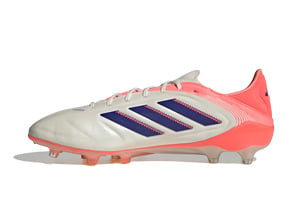 adidas Copa Pure 3 Elite | Fusionskin technology allows a natural leather forefoot to be seamlessly attached to a synthetic midfoot for better fit and responsiveness | 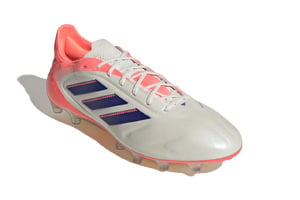 | |
3.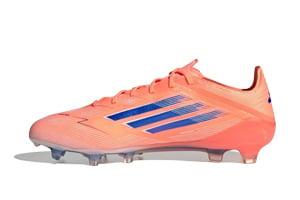 adidas F50 Elite | Lightweight and responsive speed boot with modern comfort; feels like a continuous evolution of the X line rather than a return of the F50 from the 2010s | 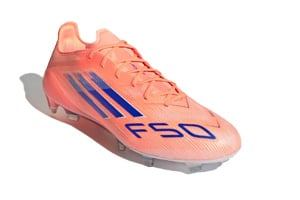 | |
4.
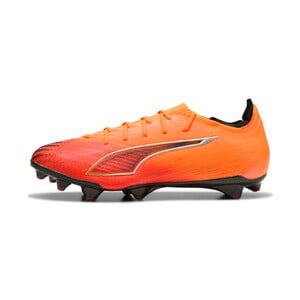
Puma Ultra 6 Carbon | Snapback is top of the class and can help you track back or shutdown the attack fast; go ahead and play the high line |
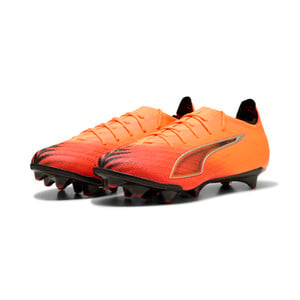 >> Get Puma Ultra 6 Carbon
>> Get Puma Ultra 6 Carbon | |
5.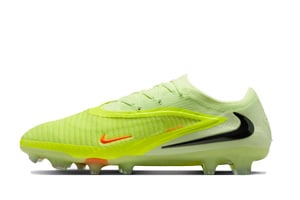 Nike Phantom 6 Elite | Comfortable knitted upper and sticky Gripknit coating enables you to sit back and control the game from your own half | 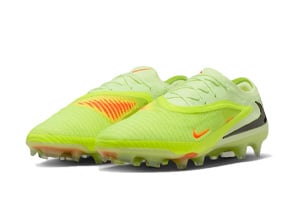 >> Get Elite Phantom 6 at Nike >> Get Elite Phantom 6 at Nike | |
6.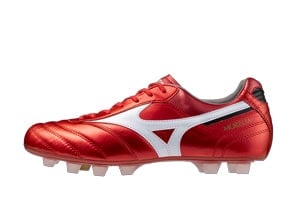
Mizuno Morelia | There’s above-average quality, and over it is Japanese leather quality; pricey but definitely worth it | 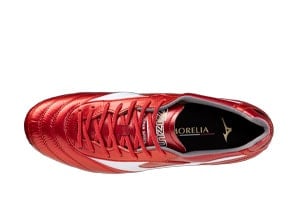
| |
7. adidas Copa Mundial | Perfect boots for defenders in non-competitive football games; super comfortable but does show its age in the generic fit and the outsole profile |  | |
8. Nike Premier 3 | Its days in Nike might be numbered given the brand’s shift to synthetic leather, so grab a pair whenever you can to get that leather boot that does have some responsive qualities |  >> Get Nike Premier 3 at Nike >> Get Nike Premier 3 at Nike | |
9.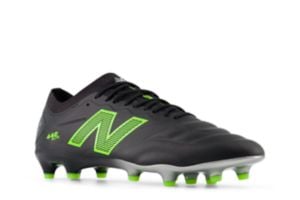 New Balance 442 v2 | No need to spend much on a defender’s boot just to get something that’s comfortable, functional and synthetic leather at the same time | 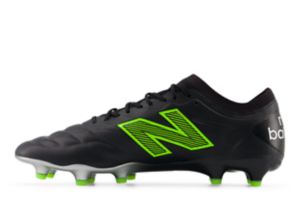 >> Get New Balance 442 v2 from New Balance >> Get New Balance 442 v2 from New Balance | |
Virgil Van Dijk and Ronald Araujo are some of thequality centre-halves that wear Nike’s Tiempo Legend. With the Legend 10 being the lightest Tiempo to date, defenders become more agile in getting into the right places to protect that clean sheet. I’m narrow-footed so I don’t have to worry about overstretching. The Tiempo’s synthetic nature to me also means that the boot has a somewhat protective layering relative to other thin football boots. At the end of the day, I just need to be comfortable on my toes and get ready to tackle, and I could certainly do that with the Tiempo.




The Copa Pure III, my favourite among the bunch on this list, brings in a nice fit because of the Fusionskin upper and the central lacing closure working in harmony with the anatomical shaping of the last, very important if you want to react to attacks efficiently. The premium leather on the forefoot allows you to rest your toes easy on the forefoot.
3. adidas F50


As a defender, I am expected to initiate the contact when the attack comes at you, and so I would prefer a boot with a more protective sensation than the adidas speed boots. But when I’m in the mood to be more speedy and more positional, I like how the snappy, responsive feel of the F50’s Sprintframe delivers with those defensive aims. I think the F50 works best with defenders who can play the high line and are quick enough to catch-up on the break. But for sure these boots are great, from my perspective, to those modern full backs who bomb forward.
4. Puma Ultra 6

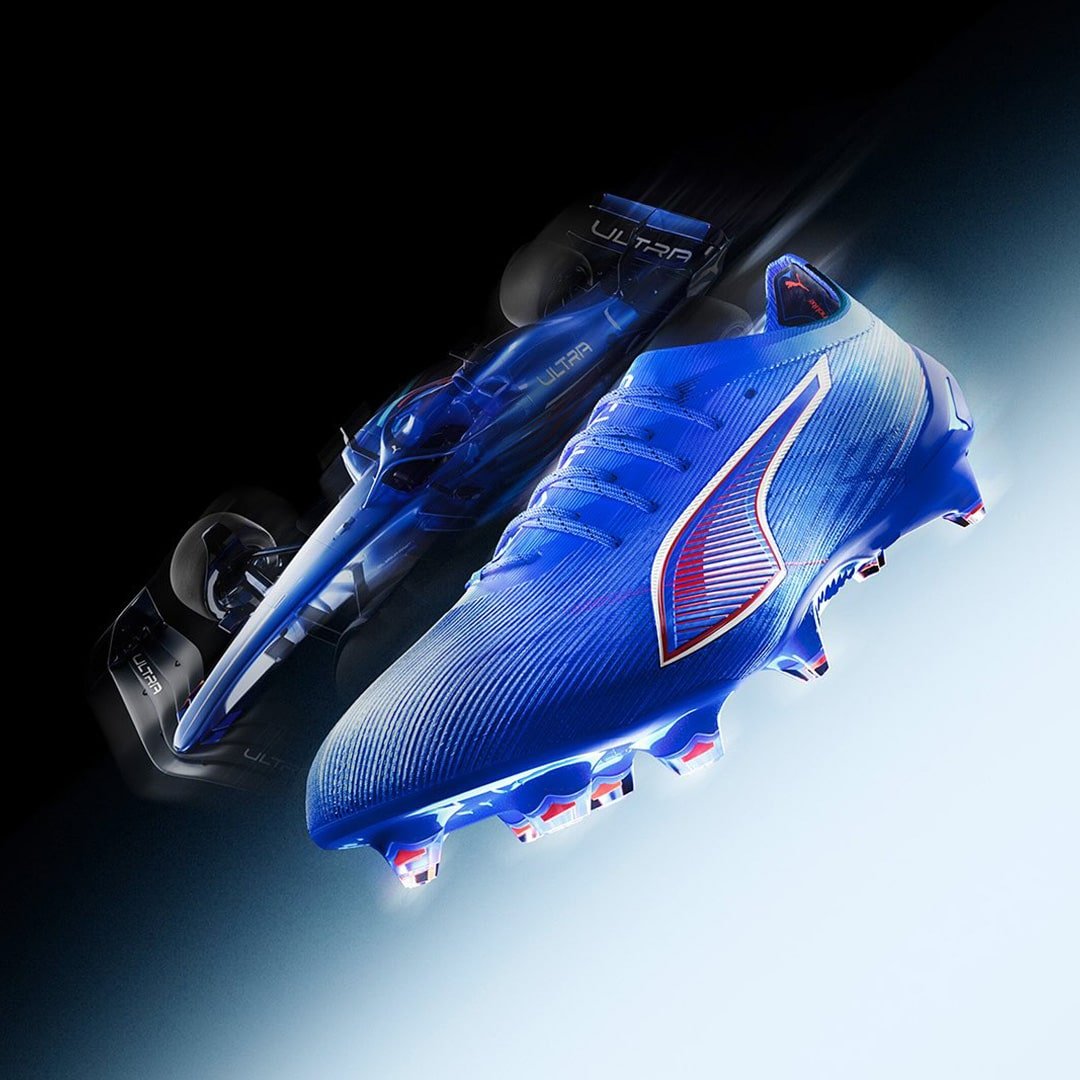
Defenders like Raphael Varane and Marc Cucurella opt for the tight-fitting Ultra 6 boots that can match their speed. They are perfect for quick recoveries on the defence and even in giving confidence for playing the ball up because of that super snappy carbon fibre tooling. I can fit well with these boots given my slim feet. But even for those with wider foot shapes, the Ultra 6 has some space for them.
Playing from the back is now a prevalent strategy in football. The Gripknit technology helps defenders in this mould to execute well. Attacking full backs would also benefit and improve their crosses because of that sticky upper. The GX is also available in a low-cut design. Rúben Dias, John Stones and Marquinhos all prefer this Nike boot. To me though, you’ll need a bit of volume on your feet to truly maximise the GX experience.
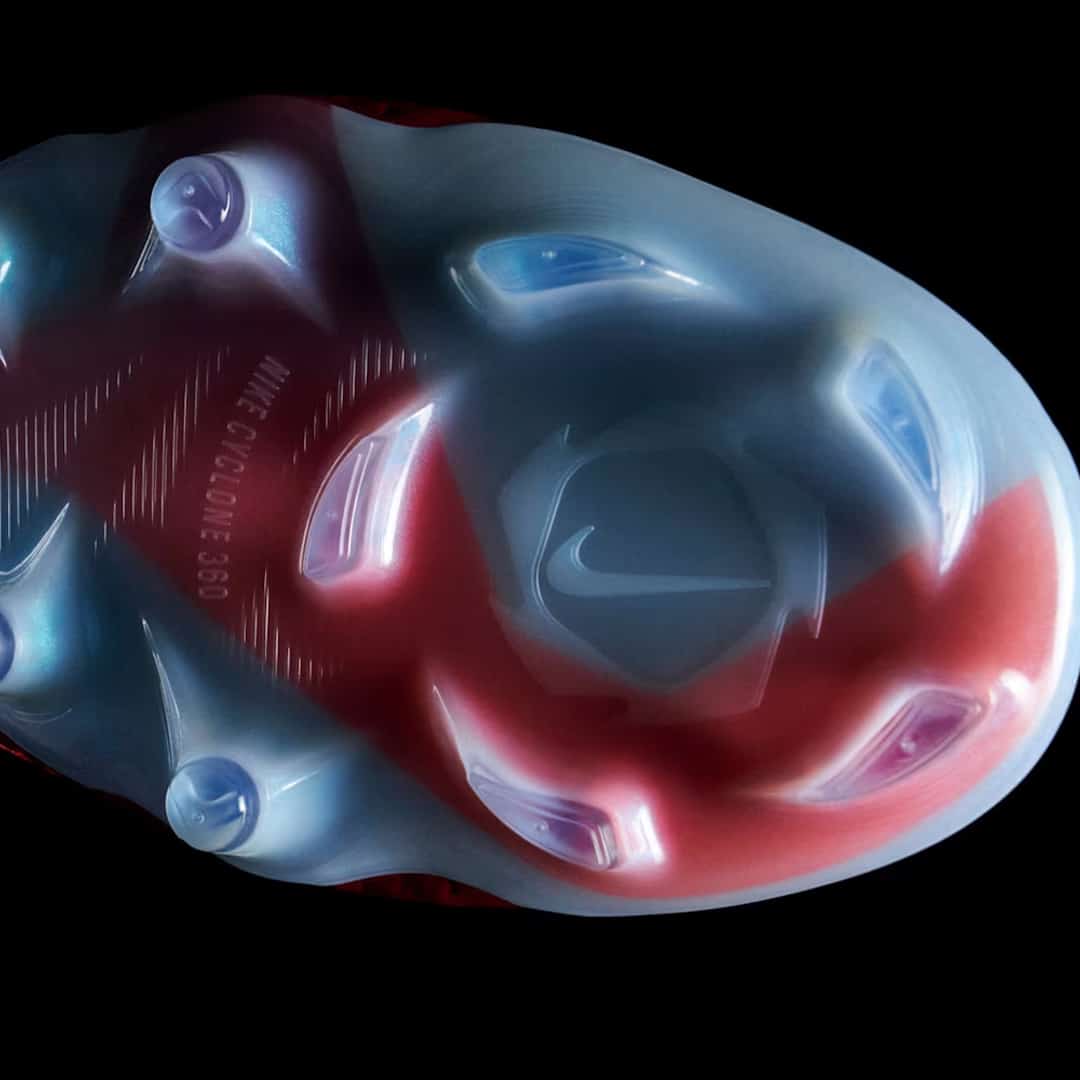



If the football gods would take away my price concerns with this boot, I would gladly take it up because of its unparalleled comfort. Such is the result of combining a soft premium K-leather upper and a lightweight outsole that has barefoot sensation to your sole.

The all-time classic hailing from adidas has one of the best premium K-leather application on a football boot. That is why it is one of the longest-serving silo today and usually a consensus choice for no-nonsense defending. Just keep in mind that the leather stretches over time (they do mould well around your foot but may feel flimsy and less responsive as time goes by). If I can’t get my hands (and, of course, feet) on the Morelia, I’ll go for this instead.

8. Nike Premier
Nike’s value-for-money leather boot takes the modern build of a soft, K-leather forefoot and a firmer midfoot, removing any stability concerns all the while being comfortable and sleek-looking. I think it’s a simple but effective as a defender boot, though better suited for those players still in the Academy or just playing casually.


An extremely value-for-money football boots, the quality of the synthetic leather is definitely above its price point. This is more pronounced when you consider that Nike and Puma charge more for the synthesised version of the Tiempo and the King. The VV2 V2 gets you a comfortable wear so you can focus solely in defending.
Defender’s Boots Football Boots UK Boot Testing
To know more about how we approach boot testing, read this section. Defenders initiate contact, and so I see which boots have a relatively protective feel to them. But I do understand that the defence nowadays are expected to be quick, either because of the high line or attacking plays from full backs. With that in mind, I checked out a couple of speed boots that could fulfil this role.
The Expanding Role of a Defender Today
Goals are the highlight of football games and it is no surprise that the biggest names in the sport involve strikers and wingers. However, some excel in holding down the fort and banner their sides’ defence. These are the defenders of a football team and are the backline that forms in front of the goalkeepers. The defender is an outfield player whose primary role is to prevent the opposition from attacking. In general, defenders must stop opposing players, particularly the strikers, from scoring and bring the ball out from their penalty area. You will have to be a good tackler and strong in the air.
Positionally speaking, the backline of defenders is composed of the centre backs and the side fullbacks; the defenders are expected to be exceptional in terms of tackles, interceptions, and headers as clearing the ball from the opposition’s attack is their main priority. Centre backs, in particular, are likely to be physically strong as they primarily mark the striker’s of the other team. In today’s football, the usual formation of a backline is either a back four of left and right fullbacks with two centre backs or a back three of three centre backs.
Adapting to the growth of the sport, the defenders and their roles have also experienced innovation. At some point in the game’s history, there came to be a special and versatile type of centre back called a libero (sweeper) who was not tied to a certain area of the pitch but rather roams around the defensive area to sweep up and clear or win the ball. This function became obsolete with the introduction of zonal marking and the offside trap. Nowadays, there are centre backs who are comfortable with the ball in their feet for a more possession-based defence (instead of simply clearing out the ball) and better build-up of attack from the back, with some even going as far as midfield to initiate the offence.
The centre backs also contribute goals during set pieces by using their heading ability. The fullbacks, on the other hand, are now being pushed up higher in the field to overlap with the wingers on the flanks and allow such forwards to cut into the box. With that said fullbacks generally provide goal-scoring opportunities with their crosses to the box. Another trend with fullbacks is inversion which positions them on their weaker side to allow them to cut into their stronger foot for their crosses and/or goal attempts.

